I am designing a device that operates on Li-io battery back. I want to be able to charge the battery while its plugged into a computer usb and at the same time do uart comms with the pc. The issue with FT232 is that the output current from the 3.3v output is limited to 50mA. I require larger  than that around 500mA to run other tasks run by the microcontroller. The VCC of the FT232 has to have a voltage 4.2V, thus this cannot be run by the battery as its voltage will drop after some drainage. My question is, how do I run the ft232 directly from the usb bus, and also be able to obtain current level higher than what the ft232 3.3v outputs?..I am attaching a schematic what I have done so far...
than that around 500mA to run other tasks run by the microcontroller. The VCC of the FT232 has to have a voltage 4.2V, thus this cannot be run by the battery as its voltage will drop after some drainage. My question is, how do I run the ft232 directly from the usb bus, and also be able to obtain current level higher than what the ft232 3.3v outputs?..I am attaching a schematic what I have done so far...
Assuming this is correct, this will still result in unintentional switching on of the FT232 when the device is operated via battery through current from the TX/RX pins, as mentioned in another question. kindly help thanks.